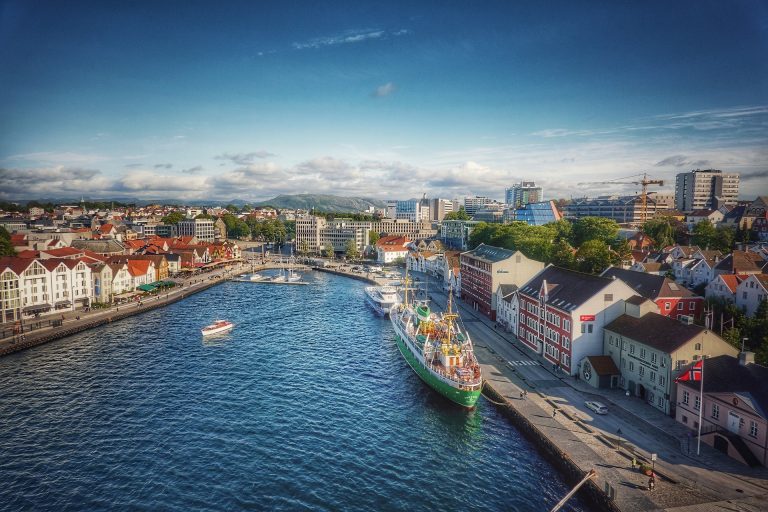It has been a decade since the port managed to cut their diesel emissions by an impressive 76%. Replacing old cargo trucks, using more electric power and cleaner burning fuel are among the means used to reach this remarkable result. Truck emission went down 98%, while ship emissions dropped 75%.
The process started back in 2005, when the port commissioned an emission inventory and set a strict benchmark. Another improvement plan regarding air quality was released 4 years later, giving out specific goals and forecasting an 85% diesel emissions reduction by 2020. Moreover, apart from the crucial active stakeholder participation, more initiatives concerning clean trucks, clean water or seaport air emissions were added along the way.
The “Maritime Air Quality Improvement Plan” demands cooperative efforts from as many actors as possible: the Port, enforcement and funding agencies, tenants, businesses and community stakeholders. It is strongly believed that a joint effort of all these agents is necessary to reach the plan’s air emissions and health risk reduction objectives.
California’s carbon reduction laws represent an impressively aggressive legislation, setting very strict limits in order the exploit and to promote sustainability policies. The state government has been striving to cut carbon to 40% by 2030. Likewise, The Port of Los Angeles has also recently announced an 85% reduction of its diesel matter emissions over the last 10 years. All in all, statewide actions promoting various environmental initiatives have started to show notable positive results.
Source: sustainablecitiescollective
Photo: panoramio







